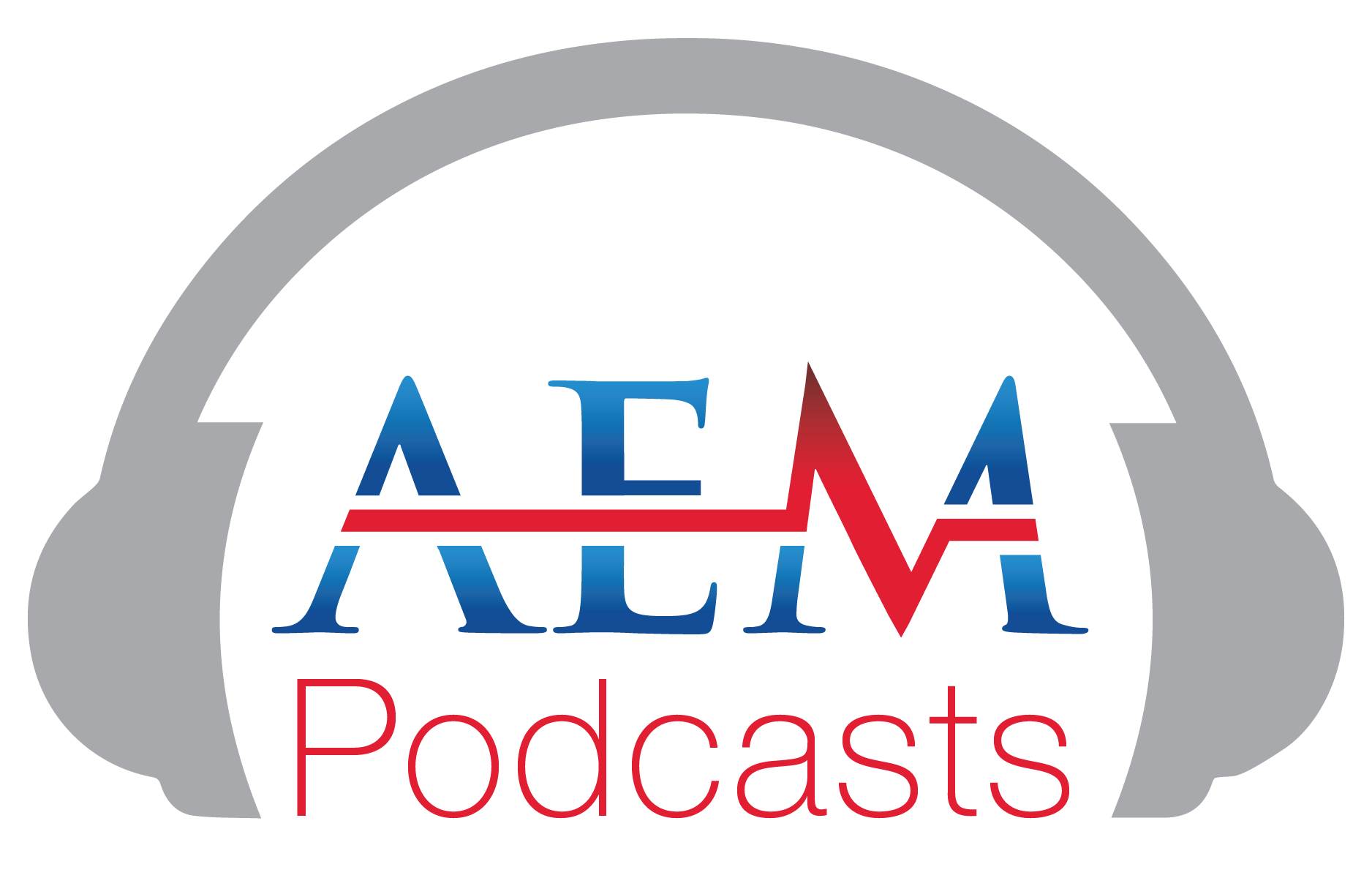AEM Early Access 14: Cannabis and Mental Health ED Visits in Colorado
Welcome to the fourteenth episode of AEM Early Access, a FOAMed podcast collaboration between the Academic Emergency Medicine Journal and Brown Emergency Medicine. Each month, we'll give you digital open access to an recent AEM Article or Article in Press, with an author interview podcast and suggested supportive educational materials for EM learners.
Find this podcast series on iTunes here.
A FOAM Collaboration: Academic Emergency Medicine Journal and Brown EM
DISCUSSING:(Click title for open access through may 31, 2018)
Mental Health-Related Emergency Department Visits Associated with Cannabis in Colorado. Katelyn E. Hall MPH, Andrew A. Monte MD, Tae Chang, Jacob Fox, Cody Brevik, Daniel I. Vigil MD, MPH, Mike Van Dyke PhD, CIH, Katherine A. James PhD, MSPH. Academic Emergency Medicine, 2018.
LISTEN NOW: AUTHOR INTERVIEW
Andrew A. Monte, MD
Associate Professor, Departments of Emergency Medicine & PharmaceuticaLSciences
University of Colorado Denver-Anschutz Medical Center Aurora, CO and Rocky Mountain Poison & Drug Center
Denver Health & Hospital Authority
Denver, CO
ARTICLE SUMMARY:
Objectives:
Across the United States, the liberalization of marijuana use has resulted in a rapid increase in the social acceptability of its use. Colorado has been at the forefront of marijuana legalization, allowing recreational use beginning in 2014. Since then, Colorado has positioned itself as the optimal environment to study health-related impacts from marijuana use. Cannabis use is well-known to exacerbate mental health illness such as schizophrenia, mood disorders, anxiety, and depression. Since legalization in Colorado, increased healthcare utilization has been associated with acute and chronic marijuana use. It is currently unknown if cannabis use is associated with increased ED visits in patients with mental illness. The primary objective of this study was to determine the prevalence ratios of mental health diagnoses among ED visits with cannabis-associated diagnosis compared to those without cannabis-associated diagnoses in Colorado.
Methods:
The study was cross-sectional in design, with discharge diagnostic codes collected from Colorado emergency departments from 2012 to 2014. Diagnosis codes identified visits associated with both mental health conditions and cannabis. Prevalence ratios of mental health ED discharges were calculated to compare cannabis-associated visits to those without cannabis. Rates of mental health and cannabis-associated ED discharges were examined of the study period.
Results:
State-wide data demonstrated a five-fold higher prevalence of mental health diagnoses in cannabis-associated ED visits (PR: 5.35, 95% CI: 5.27-5.43) compared to visits without cannabis. In the study’s secondary outcome, state-wide rates of ED visits associated with both cannabis and mental health significantly increased from 2012 to 2014 from 224.5 to 268.4 per 100,000 (p<0.0001).
Conclusion:
In Colorado from 2012 to 2014 the prevalence of mental health conditions in ED visits with cannabis-associated diagnostic codes is higher than in those without cannabis. Due to the nature of the study design, it is unclear if these findings are attributable to cannabis or coincident with increased use and availability. Per the authors of the paper, ED physicians nationwide should be aware of the detriments of marijuana use on pre-existing mental health conditions and ED management should include counseling on cessation and rehabilitation.

